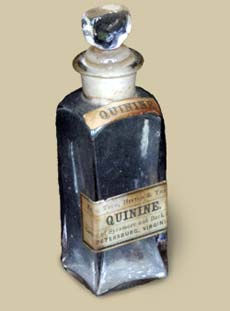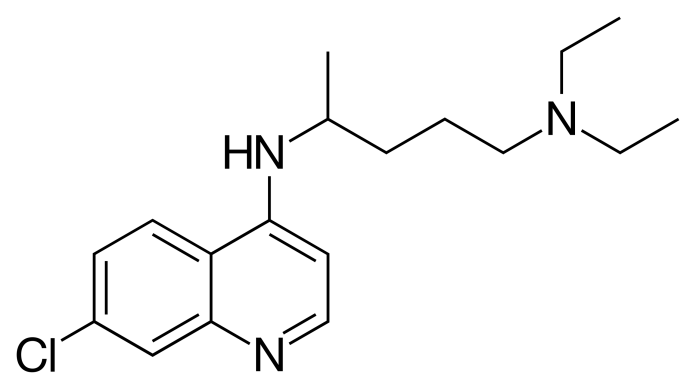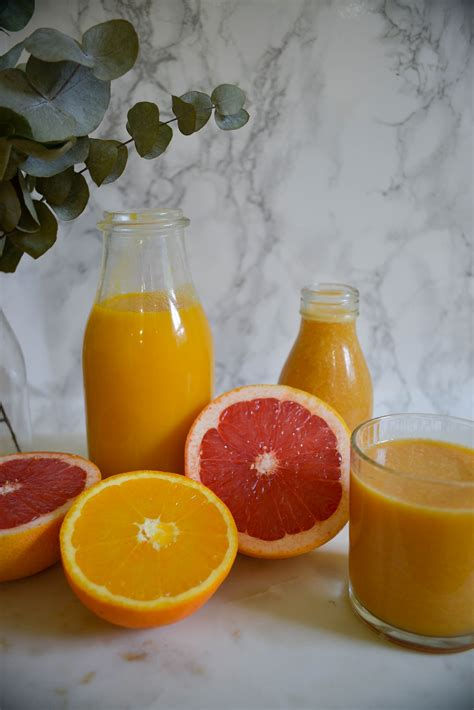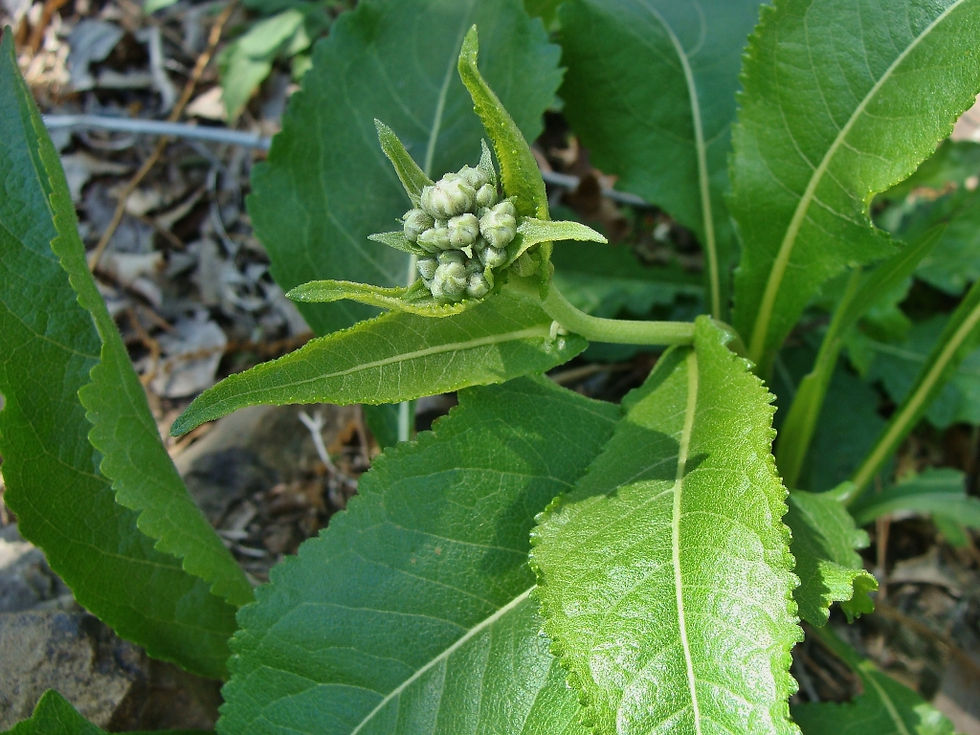Make Your Own Quinine at Home
- educatetechsystems

- Oct 21, 2021
- 4 min read
Many don’t know that the controversial medication, hydroxychloroquine is a synthetic derivative of chloroquine, which comes from quinine. Quinine is a naturally occurring alkaloid found in some plants and has its origins in medicinal use going back to the 1570s. The alkaloids are what give quinine its characteristic bitter taste, for instance, the bitter taste in tonic water, which was invented in the 19th century when quinine was mixed with water and sugar to make consumption more palatable.

The bark of the Cinchona tree is the most common source. The tree bark was brought to Europe by the Jesuits in the 1570s. In 1631, Rome was using it as a cure for the “bad air” found in its swamps. In 1820, the purified version of the tree bark was named quinine. Quinine allowed Europe to colonize Africa as malaria kills indiscriminately.
Traditionally, quinine is given prophylactic daily doses to people living in tropical and sub-tropical regions with prolific mosquito populations. It is classified as an antimalarial drug. Without quinine, the Panama Canal would not have happened. It saved countless soldiers’ lives in WWII. In 1934, chloroquine was synthesized with it approved for use in 1947. Today chloroquine-based drugs are given used to treat autoimmune disorders, such as lupus and rheumatic diseases. People with restless leg syndrome and nighttime leg cramps are often prescribed quinine.

In the years since quinine, chloroquine, and hydroxychloroquine were approved for use in the USA, the mechanism of action is now known. These drugs accumulate in the lysosomes and hinder their acidification preventing antigen formation, amongst other things. They reduce cytokine production by the macrophages and inhibit receptor signaling in other immune pathways.
Dr. Fauchi on August 22, 2005, wrote and published a particularly good research paper on the effectiveness of hydroxychloroquine on the H1N1 – SARS1 virus, titled,

Chloroquine is a potent inhibitor of SARS coronavirus infection and spread. "We report…that chloroquine has strong antiviral effects on SARS-CoV infection of primate cells. These inhibitory effects are observed when the cells are treated with the drug with before or after exposure to the virus, suggesting both prophylactic and therapeutic advantages.'
Hydroxychloroquine is a milder synthetic version of quinine, via chloroquine. A doctor in France, Dr. Didier Raoult, treated patients for SARS-CoV-2 using HCQ, Z-pack, and zinc. 79-80% of his patients were cured with only rare instances of adverse events which he classified as “minor.”

Another provider, Dr. Vladimir Zelenko used HCQ on approximately 500 patients, 350 people in Kiryas Joel and 150 in other parts of NY, with a 100% success rate. None of his patients died. None went to the hospital. None were intubated. There were no reported side effects beyond 10% complaining of nausea and diarrhea. The cost of the treatment, $20.
So why the history lesson, because as this piece is written, HCQ and other old medications, such as Ivermectin are vilified in the MSM, by Fauchi, many providers fearing to stand against the system, and big pharma. History proves that quinine is safe for use and it works on the same pathways that are affected by the SARS-CoV-2 virus. Based on the mechanism of action there is a distinct possibility that it would be effective with the antibody enhancement disorder, cytokine storms, and numerous other side effects from the mRNA therapeutics currently being pushed as the “cure” and “control” of a virus.
Now you can make your own “quinine” from the alkaloids found in grapefruit. The directions in pdf form are attached below. You can also just heat up a raw grapefruit and eat its pulp.

Adding ginger and turmeric intensifies its therapeutic value.
You can also make your own tonic
water with this recipe:
INDIAN TONIC WATER
3 cups of distilled water
¼ cup of lemon juice
1/2 tsp cinchona extract
peel from 3 limes
the peel from 3 lemons
the peel from 3 grapefruit
3 cardamom pods
1 tablespoon dried lavender flowers
Ginger root
Turmeric root
¼ teaspoon kosher salt
Combine the ingredients together in a jar. Seal and give it a good shake. Store the jar in the fridge for the next 72 hours, while stirring once a day. After the time has passed, sweeten with date syrup, coconut sugar, stevia, or monk fruit to taste and your tonic water is done. This should taste very similar to the Tonic water made by companies such as Fever-Tree. Many consumer-produced tonic water, contain preservatives such as citric acid, which is usually made from aspergillus niger, a deadly black mold. They are usually sweetened with HFCS.
Wild quinine (parthenium integrifolium) found in the family of Aster, Sunflower, or Composite (Asteraceae) is a herbaceous perennial with frosty composite flower heads. It is also known as American feverfew. Its habitat is NE Texas to southern Minnesota, and east to the Atlantic Coast.

American feverfew loves sunny areas (minimum 6 hours of sunlight) and well-drained soil. Bees, flies, and wasps love this plant. The Quapaw Indian tribe used this plant for burns and horse ailments. In WWI, this plant was stockpiled in case quinine was needed. The dried flowers, leaves, and stems are the source of herbal medication.
So, if you are frustrated about the high cost of prescription drugs or the way modern medicine is denying safe and effective treatments for illnesses, start researching herbal remedies. I guarantee you will be surprised at what you find.






Comments